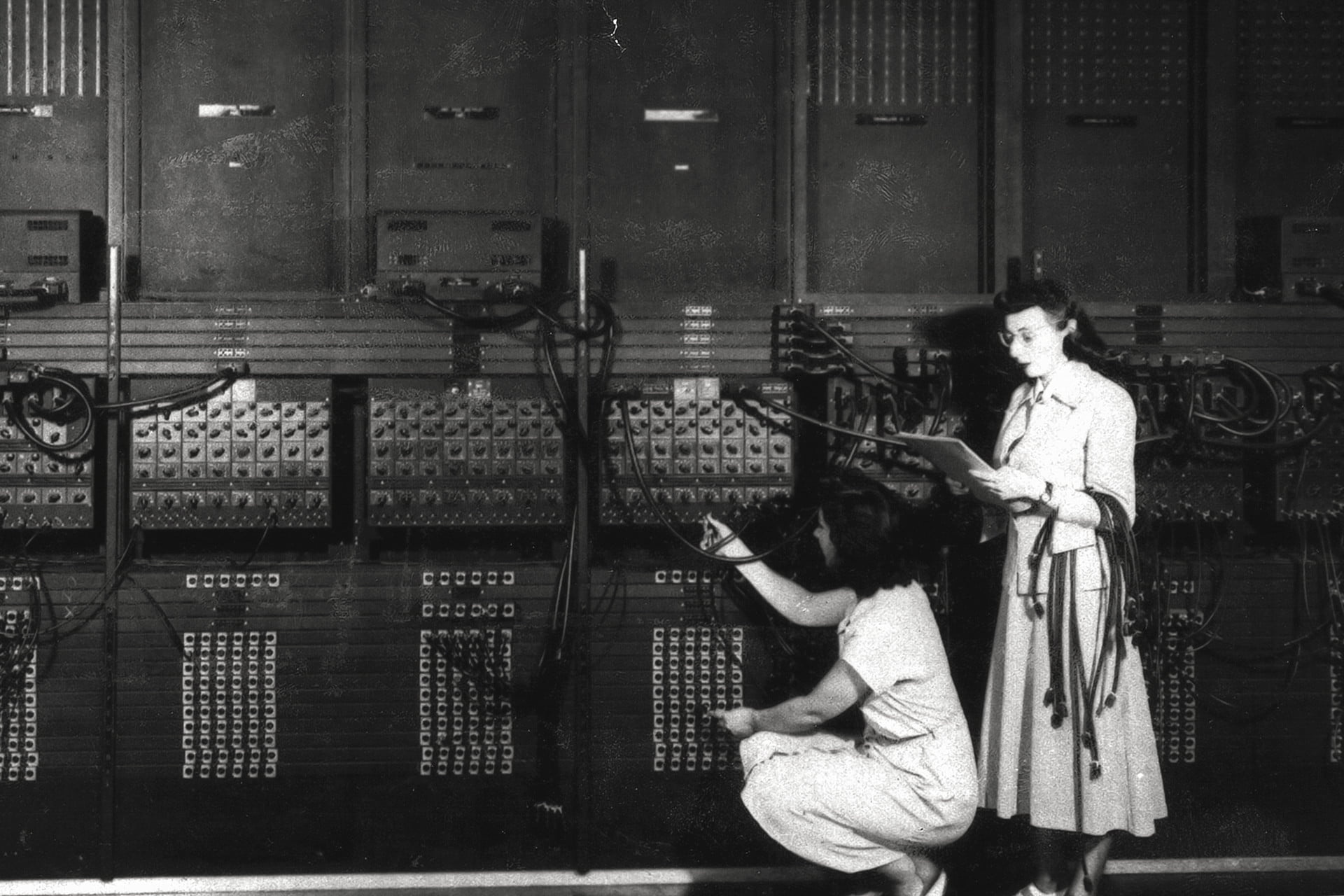How To Choose CMS. Why it is so difficult?
There are thousands of questions that need to be answered before starting your development process. Оne of them is a concern of the choice of the proper platform for the website.
Why choosing a platform is so difficult?
The answer may surprise you.
The trick is that you can implement your project with any CMS, all of them will be suitable. For example, you can take Joomla and make the site of any type: online shop, content design, blog, portal, web services, business card website etc.
During this … “mind battle”, you’ll definitely run into people who insist that Joomla or Drupal – complete nonsense and your project would be better on another CMS. In most cases, their devotion to the particular CMS is connected only to their personal preference.
But this doesn’t mean that you need to take the first available CMS and make a website on it.
Firstly, if you entrust your website development to the particular specialist, it is better to let him work with his favorite platform.
Secondly, you still have to choose CMS with “perfect” functionality that will fit all your needs.
It is better to spend an hour to a research today than to lose time and money on CMS replacement in the future.
If you’re concerned about the choice of CMS platform, our future series of posts will be devoted to this topic and we’ll try to help you to select the best one for your website.
To be continued…
Never settle for so-called “self-written” CMS. It can be used only in one case: if you write it by yourself. Also, you can’t build your website using HTML, because it will restrict your possibilities.
Paid or free CMS?
The answer is obvious: use the free platform, if it’s possible. Agree to a paid CMS only when the functionality of the free product doesn’t meet the needs of your project.
Sellers of commercial CMS may try to convince you to buy a product using such arguments:
– “Our team has developed the most functional and secure CMS in the history. Only for blah blah $…” Sounds interesting and professional, but are you sure that this company won’t disappear in the next three months?
– “Anyone can hack your website with free CMS, because it has the open source.” This is a myth. Everything can be hacked, regardless of whether it is free or not.
– “Search engines will always give more traffic to the websites based on paid CMS, and free CMS are viewed with suspicion.” This is a myth.
Every CMS can be classified as suitable or unsuitable for your project. At the same time, both groups included both paid and free CMS.
The choice is yours!
It’s hard to measure the suitability of platform functionality for the project if you aren’t an expert. But at least, you can compare the chosen CMS capabilities with a basic set of functionality.
So, let’s start with the convenient visual editor.
Using the editor interface, you can easily work with visual objects, as well as edit and publish content on your website. This type of interface called WYSIWYG what’s mean What You See Is What You Get. Also, it’s better to choose the CMS with kind of editor, which allows you to work with content in a visual mode and HTML.
There are some examples:
- WordPress editor by default is really good option, because it allows to work with content both in a visual mode and HTML.
- Drupal editor by default may surprise you with its minimalism. If you decide to work with this platform you will probably need to find an additional module with a full-value editor.
- OpenCart platform has at the same time functional and simple editor. It allows to make content editing in a visual mode and by HTML-code. Also, the editor allows to specify the title and meta-data of the page.
We gave you only a few examples here to demonstrate the principles of platform’s editor comparison. And it would be better to check out the usability and functionality of the editor during publishing a note in the demo version.
In the next post, you will find out about a set of functions and features that allow to make CMS more SEO-friendly.
So, here we’ll talk about the set of functions and features that allows to adapt CMS to the needs of users of search engines. You will find out whether you have enough of SEO-friendliness by default for successful website promotion.
Use the following criteria to evaluate the CMS adaptation to the needs of users of search engines:
- Canonical URL. It will protect your resource from the duplicate pages, which may have a negative attitude of search engines
- Managing title and meta-data of the page. CMS has to have an interface for editing the title, meta tags description and keywords.
- Lock indexation of the pages of categories and archives. This option helps to prevent duplicate content.
- Integration with analytics services. You can use Google Analytics or other analytical system with sites in any CMS or without it. In the SEO-friendly context, you need to check is CMS can easily connect to analytical services or not. Also verify the ability to monitor key parameters in admin panel.
- The ability to manage XML-map of site and file robots.txt. That mean the simplicity of creation of sitemap and editing a robots.txt file.
- The ability to optimize the image. Choosing a CMS don’t forget to assess how easy it would be to resize images, add a title, description, signature and alt attribute.
Note that completely SEO-unfriendly CMS doesn’t exist. The only thing that is matter, whether the function of chosen CMS is convenient for you? - Our next post will be dedicated to possibility of customization, and what is important for CMS adaptation in general.
The main purpose of CMS is a publication and content management. When you adapt your CMS for the content publishing in accordance with the characteristics of the project and the needs of its audience, it’s called customization. For example, if you create a blog, CMS should display the latest publications on the main page, and if you maintain an online store, you should be able to publish the product card.
Choosing CMS, consider the following characteristics:
- Customization by default. For example, WordPress default functionality doesn’t allow to run something bigger than a blog, or a small website with basic features.
- Customization using ready-to-use plugins, modules, extensions. It’s great when CMS has enough amount of plugins for all occasions.
- Сustomization using themes and templates. For example, in spite of limited default functionality, WordPress has a lot of themes, adapted for different types of projects: blogging, content resources, online stores.
- Ability to integrate with third-party services. Almost every CMS can be quickly integrated with social networks and analytic services. Pay attention to the possibility of integration of the selected CMS with CRM-system.
Also, we’d like to draw your attention to such function as managing user access levels.
This feature is useful for different types of projects: online store, website and blog. For example, the website owner may provide premium access to the restricted sections for paid subscribers. Or create special opportunities for regular customers and loyalty program participants.
Here are the examples of CMS access control levels:
- Using WordPress you can allow or prohibit the registration of new users, and assign the access level for the registered participant.
- Using Joomla! you can add users to groups with different rights from guest to administrator.
- OpenCart allows you to sort users by groups and status “valid” or “former.”
So, it becomes more clearly why the possibility of customization is an important component of the CMS. In the next post we will try to give a brief description about which platform is best suited to a particular type of project.
Online Store. You can create an online store with any of the CMS. But, the ideal content management system for online store should have the following characteristics:
- Simplicity of using and managing. This means that you don’t need to waste a lot of time for the functionality setting. For example, with OpenCart and PrestaShop you’ll be able to start selling in 30 minutes.
- Functionality. If this option is important to you, note OpenCart, Magento and CS-Cart. As an example, Magento projects are easy to scale.
- Customization. Sites on Drupal and Joomla! are easy to adapt to individual needs. Take into consideration the initial and the potential scale of your project.
Corporate website. Choosing a CMS for a corporate website, firstly, you need to analyze two characteristics: simplicity of using and features necessary for your project.
Big content project. For sure, you wouldn’t build your blog or media site on the CMS that was created for E-commerce projects only. But, if you choose any other multipurpose CMS, your project will work.
Remember, the success of the content project depends on its quality and relevance, but not on the editor or CMS.
Forum. You’ll need a specialized CMS, for example, vBulletin, IPB, phpBB. Please note that you can set the forum on subdomain of your site or use plugins and modules to extend the CMS functionality. You might be interested in such modules for popular CMS:
- bbPress – a forum for WordPress.
- Kunena – a forum for Joomla!
- Advanced Forum – a forum for Drupal.
Besides, you can find similar solutions for other popular CMS.
In our next and last post on this topic, we’ll analyze some of the CMS according to their purpose.
If you have the necessary knowledge and skills, you can create any project with any CMS. Thus, choosing a CMS, you should always rely on your personal preferences and experience.
But, if you don’t have such experience, we think the following comparison table is might be useful for you.








